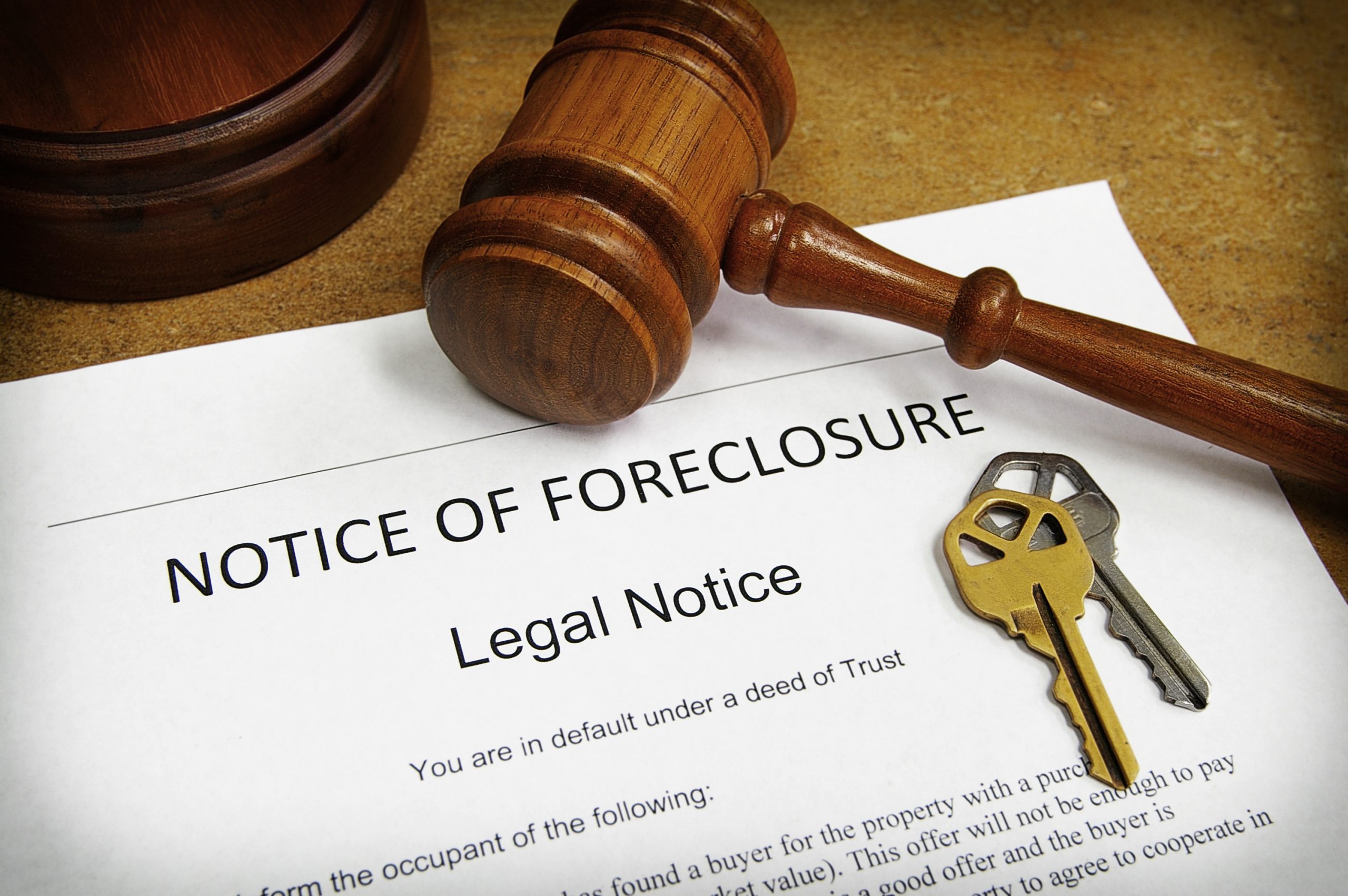The Difference Between a Notice of Default and Notice of Sale

In a nonjudicial foreclosure, you might get both a notice of default and notice of sale. Learn more about these documents.
In a nonjudicial foreclosure, borrowers sometimes receive a Notice of Default and a Notice of Sale, depending on state law. Read on to learn the difference between these two documents and under what circumstances you might receive them.
Initiation of a Nonjudicial Foreclosure
When you take out a loan in a state that allows nonjudicial foreclosures, you will likely sign a deed of trust or a mortgage, which contains a power of sale clause. This clause gives the trustee—a third party that manages the nonjudicial foreclosure process in certain states—the right to sell the home though an out-of-court process if you stop making payments. (For more information about judicial and nonjudicial foreclosures, see Will Your Foreclosure Take Place In or Out of Court?)
Notice of Default
Sometimes, depending on state law, a nonjudicial foreclosure process begins when the trustee records a Notice of Default (NOD) at the county recorder’s office.
The NOD serves as public notice that the borrower is in default. The NOD often contains:
- the name and address of the borrowers
- the name and address of the lender
- the name and address of the trustee
- the address and/or legal description of the mortgaged property
- a description of the default
- the action required to cure the default
- the date by which the default must be cured, and
- a statement that if the default is not cured by the deadline, the lender intends to sell the mortgaged property at a public sale.
- If the borrower does not “cure” the default by bringing the payments up to date—including late charges and foreclosure fees—the trustee might (again, depending on state law) then prepare and file a Notice of Sale for the property.
Notice of Sale
The Notice of Sale (NOS) generally states:
the property address and/or legal description
a statement that the property will be sold at a public auction, and
the date, time, and location of the foreclosure sale.
The NOS might be recorded in the county land records, mailed to the borrower, published in a newspaper of general circulation in the county where the home is located, as well as posted on the property and/or in a public place.
Differences from State to State
While you might get both a Notice of Default and a Notice of Sale as part of the nonjudicial foreclosure process where you live, foreclosure procedures and the documents you will receive do vary widely from state to state. You might get:
- a Notice of Default followed by a Notice of Sale
- a combined Notice of Default and Sale (or similar document)
- a Notice of Sale stating that the property will be sold on a certain date, or
- notice by publication in a newspaper and posting on the property or in a public place.